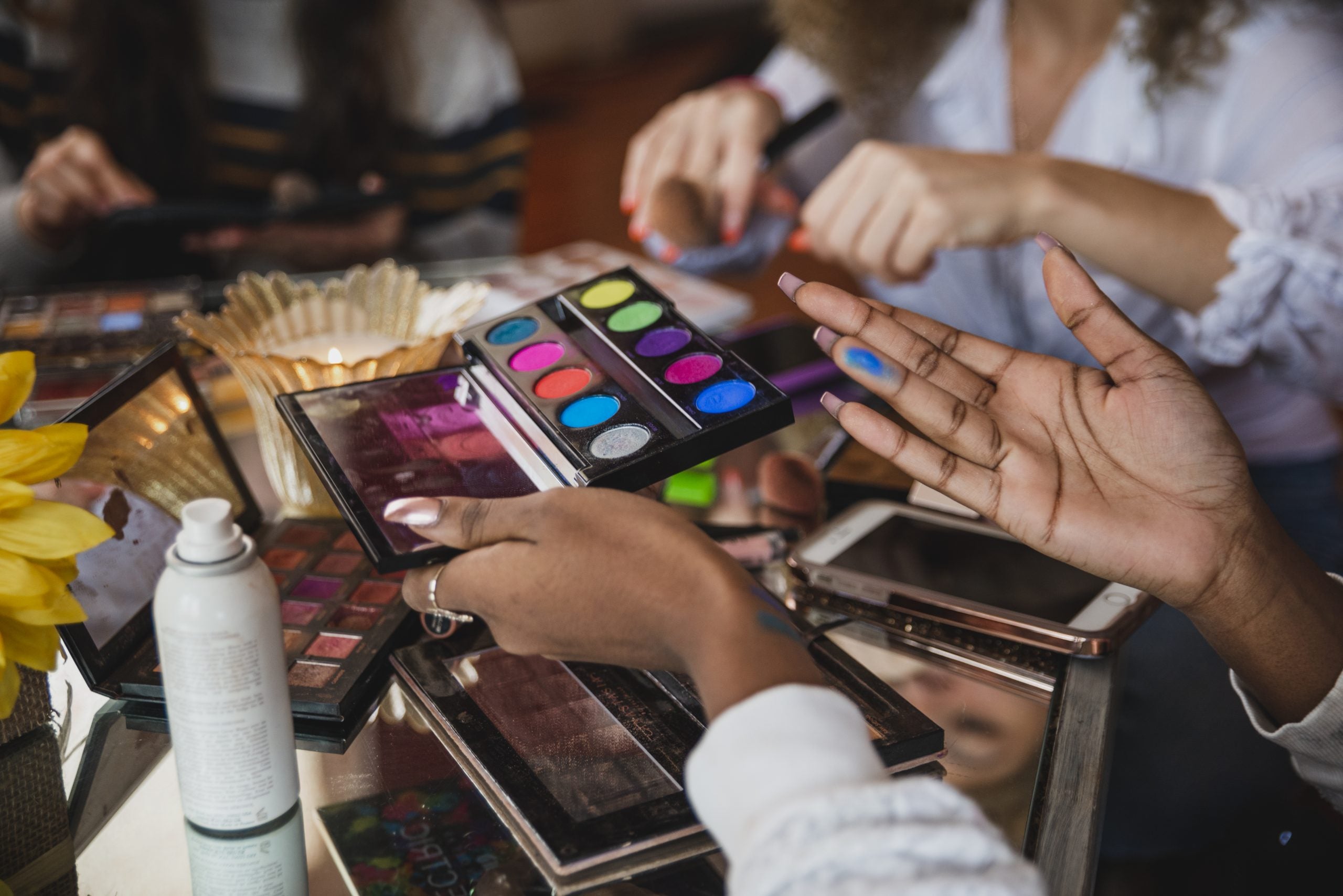
As the pandemic ushered in a surge of online sales, e-commerce retailers saw an increase in the purchase of health and beauty products.
Based on a study conducted by London Research, commissioned by Trustpilot, a global online review platform, 26 percent of consumers say they are spending more on beauty. The study, which included 1,000 nationally representative consumers in the U.K. and United States in April 2020 while both countries were under mandated quarantines, revealed some insightful spending habits.
It also raised a flag on the fact that the more money we’re spending on beauty products, the more money we’re also wasting on them. Fake reviews plays a large part in why.
When COVID-19 changed the way we live, work and interact, it also changed the way we care for ourselves. According to the study, 45 percent of U.S. consumers said that their increase in spending is rooted in wanting to treat themselves. U.S. consumers are also spending more because salons are closed, with hair and skin care being the most popular spending categories. We’re becoming amateur stylists and estheticians in our own homes and for that we need the proper tools and products. And American consumers put a high level of trust in reviews from experts and other consumers.
But spotting a fake review isn’t easy according to Thomas Vermeulen, Head of Fraud Investigations at Trustpilot.
“One isolated review doesn’t tell much, it’s more about finding patterns and anomalies,” said Vermeulen. “With that in mind, you should look out for more than one red flag within the reviews. When in doubt, compare reviews with other sources of information and don’t discount common sense—if it seems too good to be true, often it is.”
American consumers estimated that they spend nearly $40 on unsatisfactory goods based on fake reviews. Amongst Black consumers in the U.S. specifically, 34 percent said they’ve spent nothing due to fake reviews, and of those who have lost money, most said it was no more than $20.
It actually is a large problem.
On a micro level that doesn’t seem like very much waste—although in a troubled economy when the unemployment rates across the country are at record highs, every dollar wasted counts. But based on the health and beauty market’s $90 billion a year earnings, that amounts to approximately $3.3 billion a year wasted on products with fake reviews. That’s money that could otherwise be invested in programs for underprivileged children, or put into organizations that work to improve the lives of the Black community. It actually is a large problem.
“Reviews are just one piece of the puzzle when it comes to a company’s trustworthiness,” Vermeulen says. He recommends evaluating a company’s website and overall presence as a brand outside of reviews.
An episode of Netflix’s docuseries Broken revealed a more imminent danger of fake reviews. The episode titled “Makeup Mayhem” explores the black market of counterfeit cosmetics, which are mostly sold online and fueled by fake reviews. Consumers of counterfeit cosmetics are subject to serious health risks, as counterfeits have been reported to contain horse urine, fecal matter, arsenic, lead and varieties of bacteria.

According to Saoud Khalifah, CEO of Fakespot.com, a company that tracks fake reviews online, counterfeiters will pay for services that provide fake reviews in order to place their products at the top of search results on marketplace websites such as Amazon and eBay.
“You can’t trust anything on the internet,” he said during the episode. “And along with that comes reviews.”
It all sounds very scary but we’re not completely powerless as consumers. And fake reviews or not, we’re going to continue to shop for beauty products online, especially with no end to quarantine in sight. So Vermeulen has some tips for consumers on how to spot a fake review and potentially avoid wasting your hard-earned coins.
• Take note of the spread of scores within the ratings and the span of time in which the reviews were left. An honest company will have both positive and negative reviews in the mix.
• Look at the total number of reviews a company has and how recent they are to make sure you harness the wisdom of the crowd and not just a select group. If all reviews were posted in a short period of time they might not provide a genuine representation of the business.
• Within those reviews, are you able to identify patterns or recurring structures? If the reviewer mentions the name of the business a number of times, or if it reads more like marketing collateral than a consumer experience, those could be red flags.
• If all positive reviews are invited and negative reviews left organically, this might suggest a biased invitation process.
